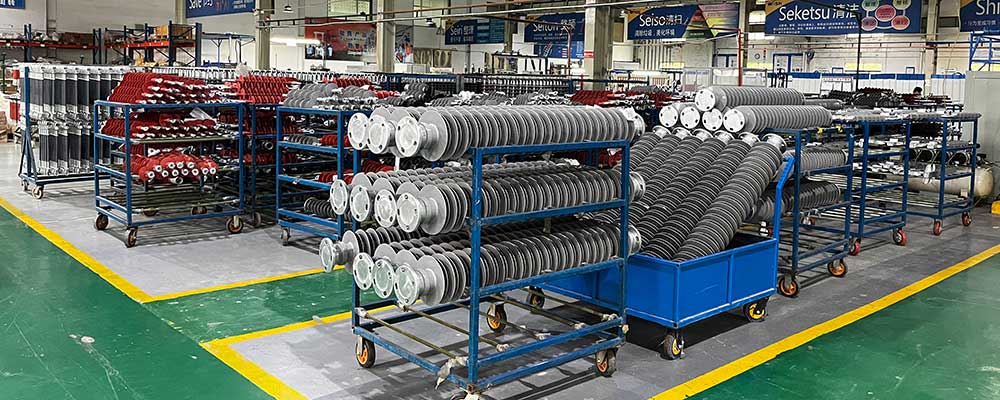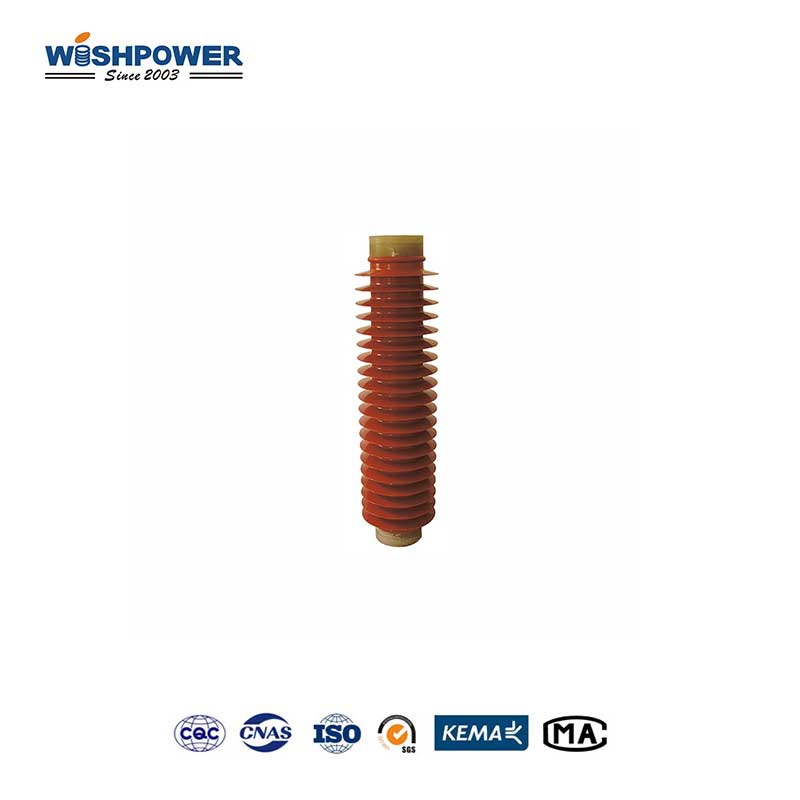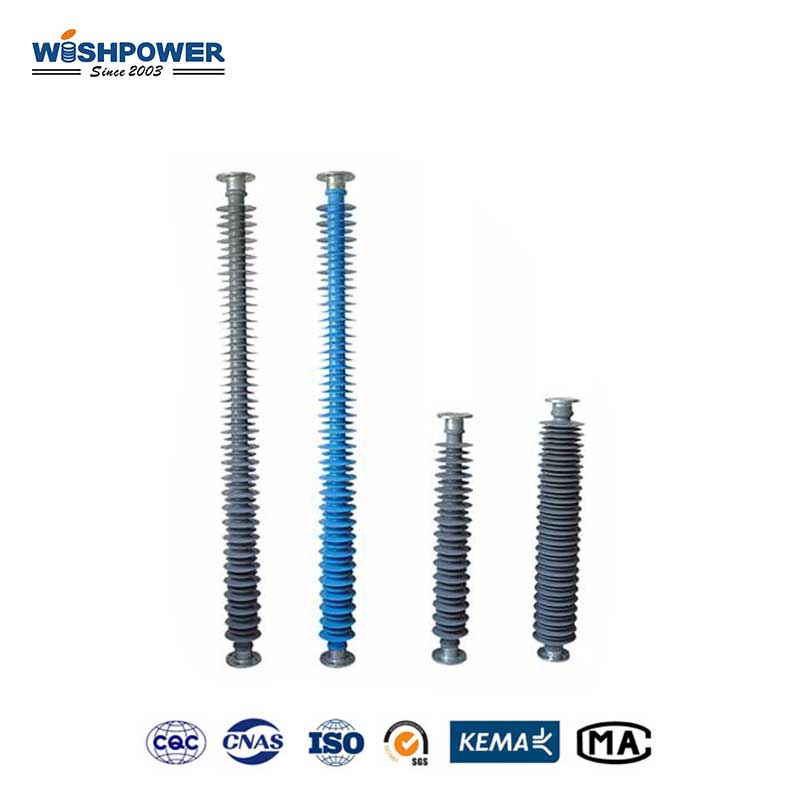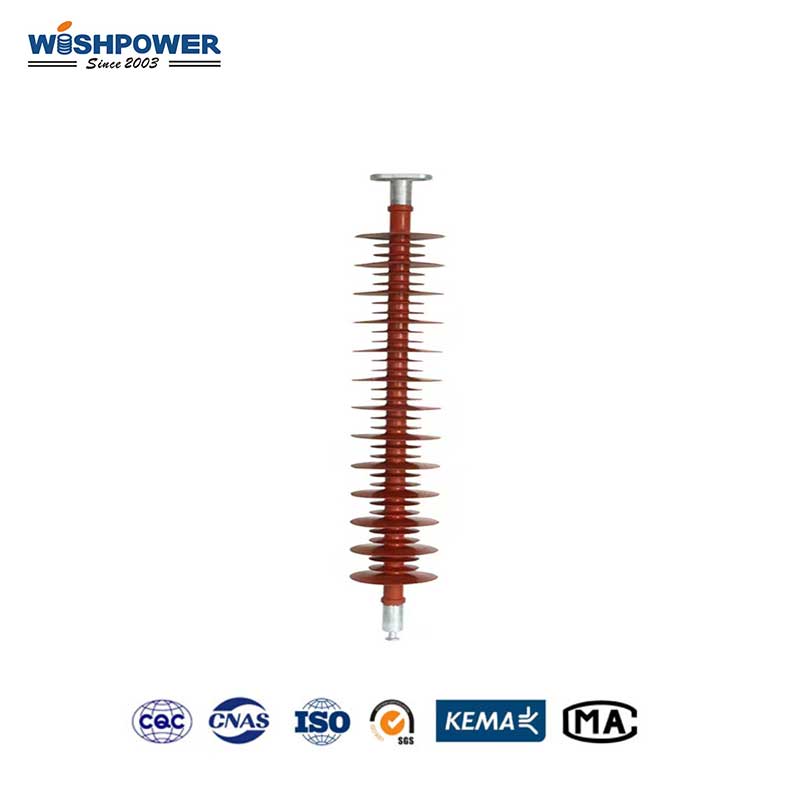In power systems, insulators are used to provide support to conductors and prevent the leakage of electricity. Porcelain and composite insulators are two types of insulators that differ from each other in their features.

What is the difference between porcelain and composite insulators?
1. Materials:
Porcelain insulators are those that are made from ceramic materials such as clay, quartz, and feldspar and have been fired at high temperatures to make a dense ceramic. Composite insulators have an FRP (fiber-reinforced polymer) as the main body and outer sheath of a polymer material utilizing silicone rubber or EPDM.
2. Weight and Handling:
Porcelain insulators are nevertheless physically bulky due to the high density of the ceramic material used and this can pose problems as far as transportation and installation is concerned. Composite insulators have the advantage of being much lighter than their porcelain counterparts and thus easier to handle and install.
3. Mechanical Strength and Durability:
Porcelain has some good electrical resistances, it can take good, large loads and stress but is much harder and can crack when impacted. In addition to being strong, composite insulators are more flexible and less brittle, they dissipate mechanical load better.
4. Electrical Performance:
Porcelain insulators are stable when tested for ordinary voltages but are prone to contamination on the porcelain surface which leads to flashovers in case they are not cleaned. The composite insulator has superior performance in polluted areas because its surface has anti-fouling properties and keeps away water and dust and hence, retains the electrical characteristics, further limiting the chances of flashovers.
5. Durability and Lifespan:
Porcelain insulators More specifically porcelain insulation is highly durable and can easily last for several decades, more so if it has been well maintained. Composite insulators are also very strong and tough but they can also be comparatively less long-lived under some circumstances. Advances in materials continue to enhance their longevity.
6. Maintenance Requirements:
It should also be noted that porcelain insulators need to be cleaned and maintained, they can be coated, or washed, for example. Composite insulators require less amount of maintenance compared to others because of the self-cleaning feature hence the lesser number of times for cleaning and in turn, lesser cost for maintenance.
7. Cost Considerations:
Porcelain insulators in most cases have initially low cost as compared to silicone rubber insulators but the long-term cost is high due to the maintenance costs. Composite insulators have higher first cost but these have several advantages over other insulators they are more durable and require little or no maintenance.
8. Application Areas:
Porcelain insulators are widely applied to transmission lines, distributing systems, and substations. Composite insulators are increasingly attracting more usage in areas for example; urban, coastal, and polluted areas where the conditions are unfavorable.
On balance, porcelain and composite insulators have strengths depending on the usage circumstances they’ll be applied. Porcelain insulators are used due to their durability and low cost, while composite insulators provide a high level of performance under worse conditions and require less maintenance. Selecting insulators involves the awareness of the environmental factors, necessary load, or the overall cost in the long run.
If you have different opinions or want to know more, please leave a message on the website or contact us directly at info@wishpower.net

















